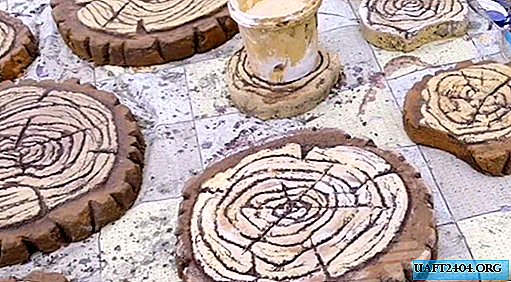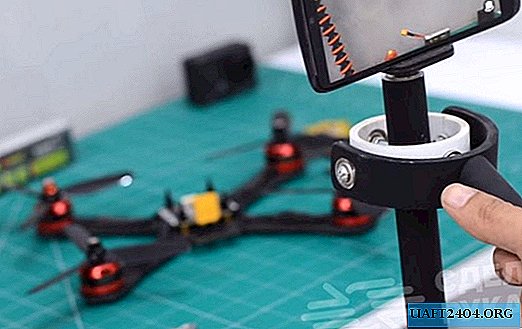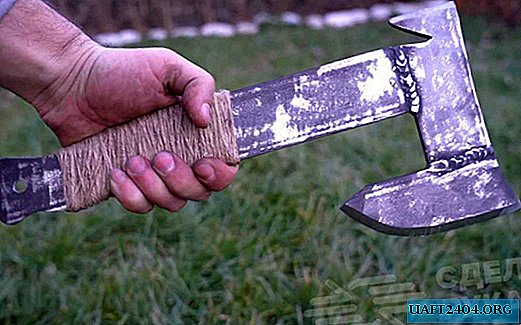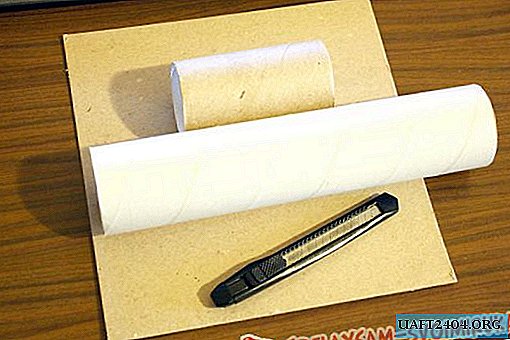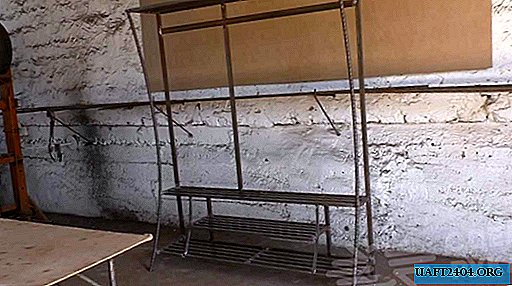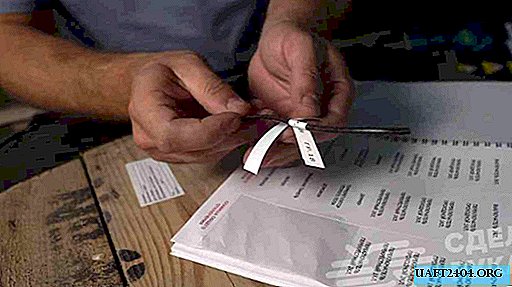Share
Pin
Tweet
Send
Share
Send
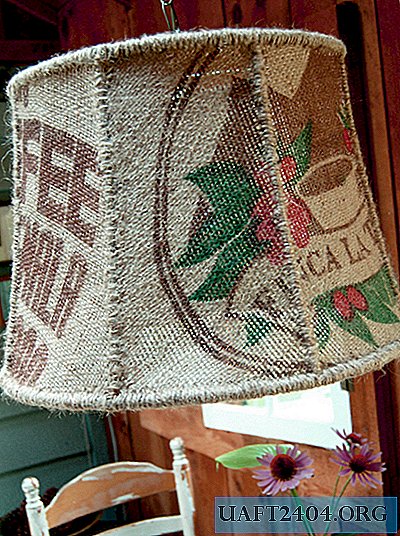

There are dwellings when you go into them and you immediately understand that they have a special atmosphere and that it is not at all about designer furniture or expensive curtains, in such places there is a "spirit of the house". It would seem elementary little things: reproductions on the walls, neat dishes or entertaining little things made by the hands of caring owners. It is about one of these lovely interior details that will be discussed in this article.
You will need:
- Canvas bag (one or more);
- Finished wire frame made of wire;
- Chalk, old soap or pencil;
- Scissors;
- Tracing paper or paper;
- Basting thread;
- Kapron thread;
- Needles.

If you are lucky and live near a coffee shop - ask your workers to lend - some canvas bags or bags that are used to store coffee. Usually, "such good" is simply in bulk with them and they are ready to share it. There is another option, such bags can be purchased on the Internet, the price of such a lot is often $ 2-3 per piece.
Of course, you can use it - any other fabric, cotton or silk, but from this your lampshade will lose its zest. After all, satin lamps can often be found in boudoir-style living rooms, and lamps inherited by cotton or bright ribbons have been inherited by many since Soviet times. Whether the case is such unusual material as jute. At first glance, it seems simple, but the products from it look elegant and very original. Such a lamp will look appropriate, both on the bedside table and in the living room. You can make it for yourself or give it to friends.
Find the wire frame.


You can give a second life to your lampshade by removing the fabric from the old product and borrowing the frame, or you can simply buy a finished wire frame on the Internet. If you have chosen only one product for your experiments - be extremely careful when removing the old lampshade ... You can use it as a sample. If you start from scratch, you will need a paper pattern. If you want to make a simple lampshade, shaped like a drum - you need to think about what should be its circumference. If it is a lamp with panels - draw one of them on tracing paper or on a sheet of paper, and do this simple process on each side. Baste by connecting them together and wrap around the lampshade to see if they fit. Remember that the basis for the lampshade must be flexible, otherwise the appearance of your product will be far from perfect. And, of course, strong so that the miracle you created will last as long as possible.
Start to collect


Depending on the size of the frame of your lampshade, you can make it from one side of the bag, but you may need both sides, which will allow you to make your masterpiece more voluminous. Put the pre-made blank on canvas and cut your future lampshade, cut off the excess fabric, leaving about 1/2 of the entire length on each side. This process should be approached with particular care, as an incorrectly made pattern can derail all the work done.
Start wrapping the fabric around the lampshade. I used glue to attach it to the wire base, and then “sewed” it to the frame using jute (a thread resembling burlap in its structure that I found in a hardware store) and a large needle. I previously glued the blank to avoid skewing the fabric, although if you are confident in your abilities, you can do without it. For your lamp, made of canvas, a low-power bulb is best suited.


Original article in English
Share
Pin
Tweet
Send
Share
Send

